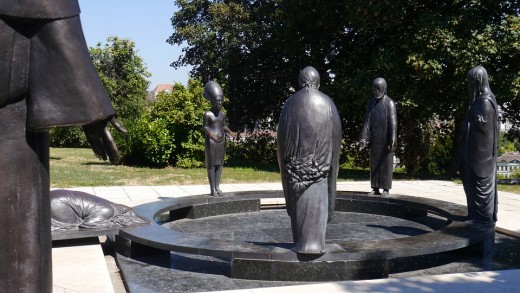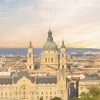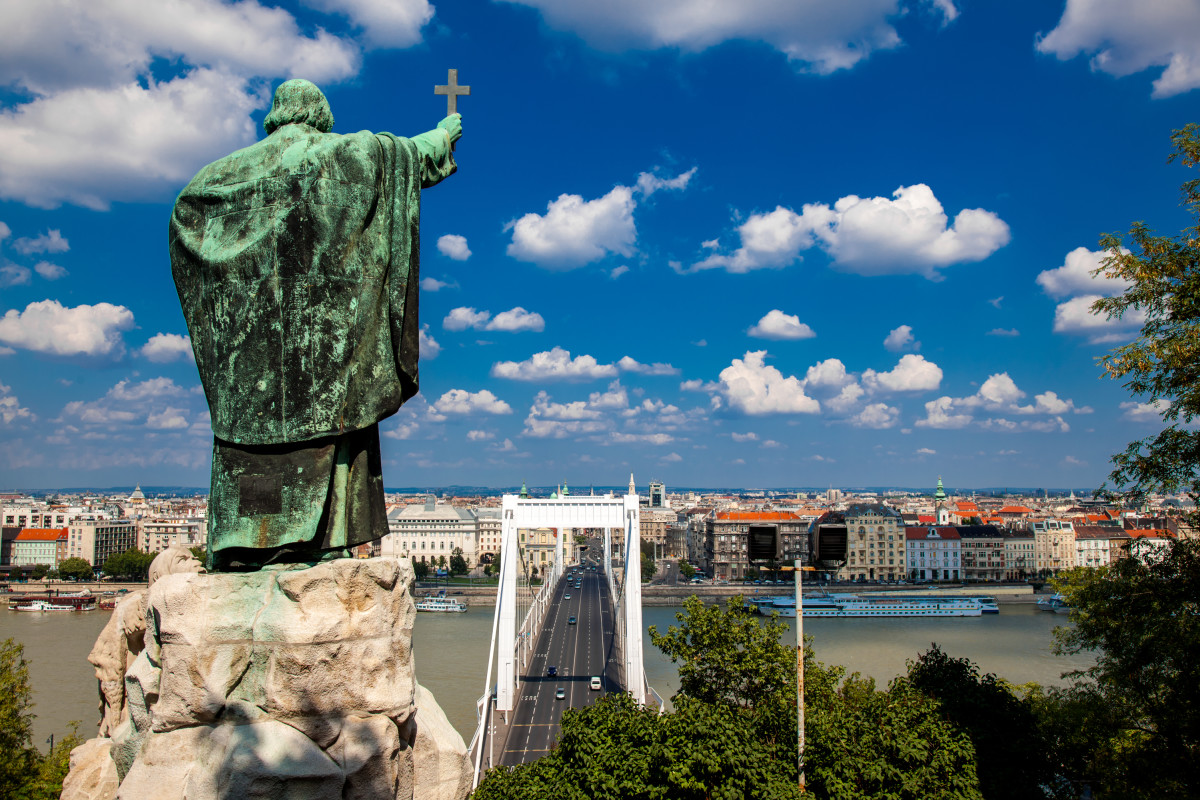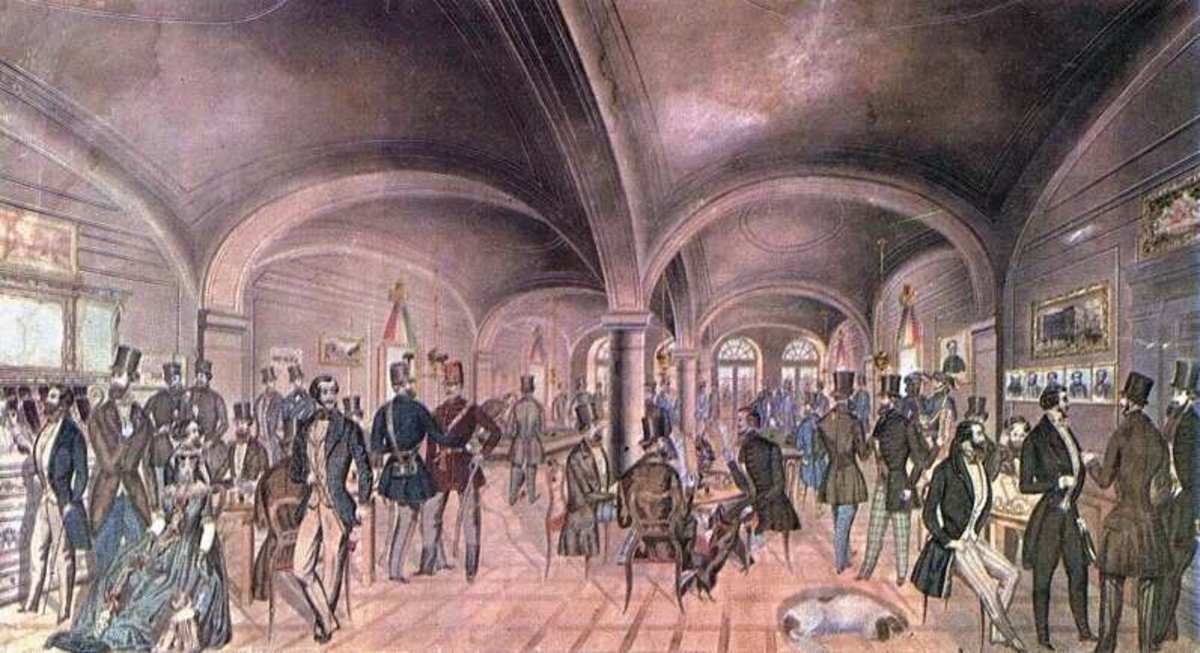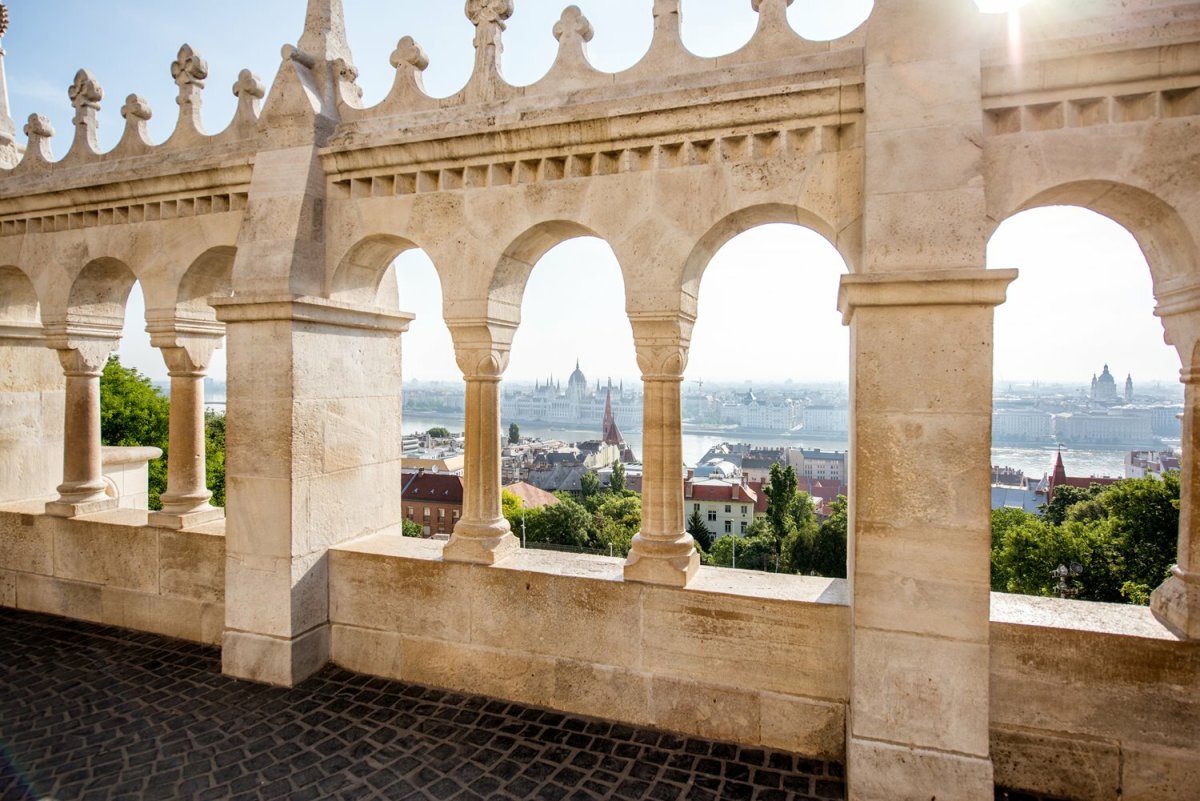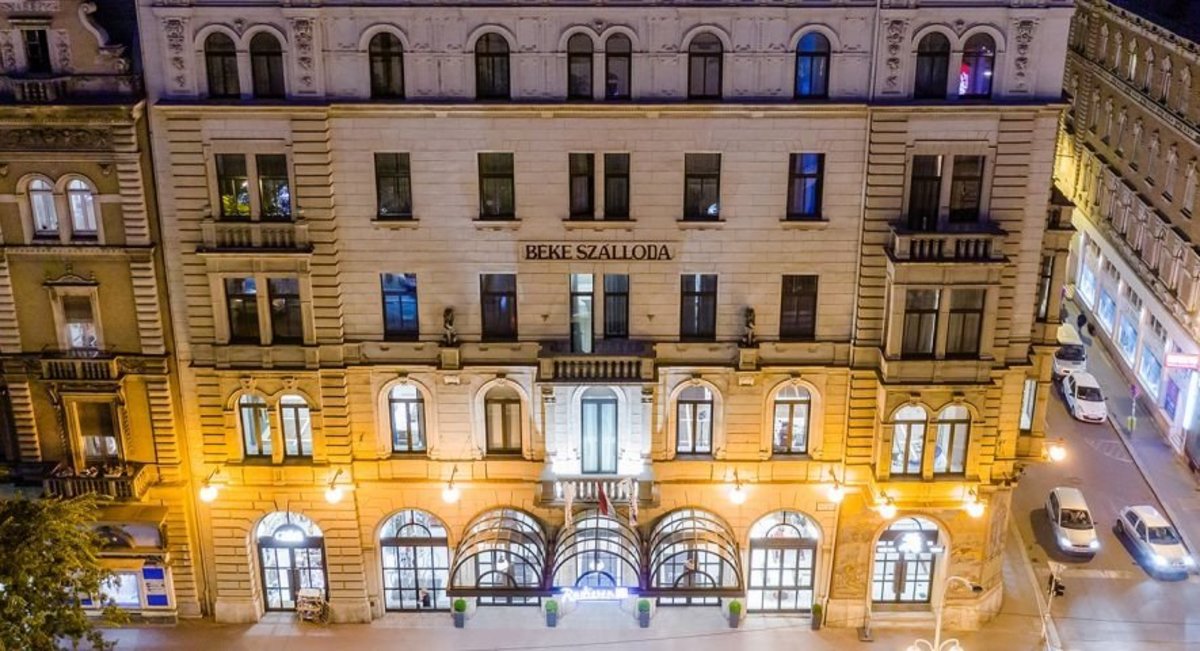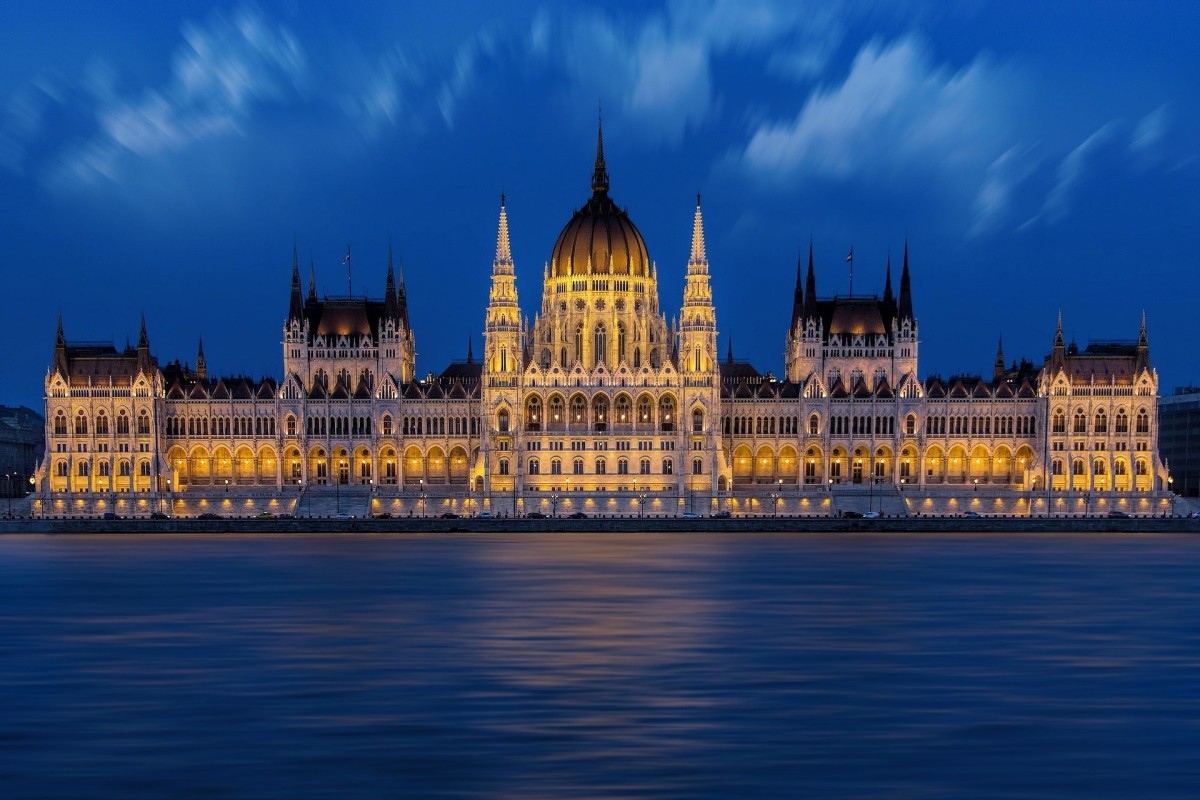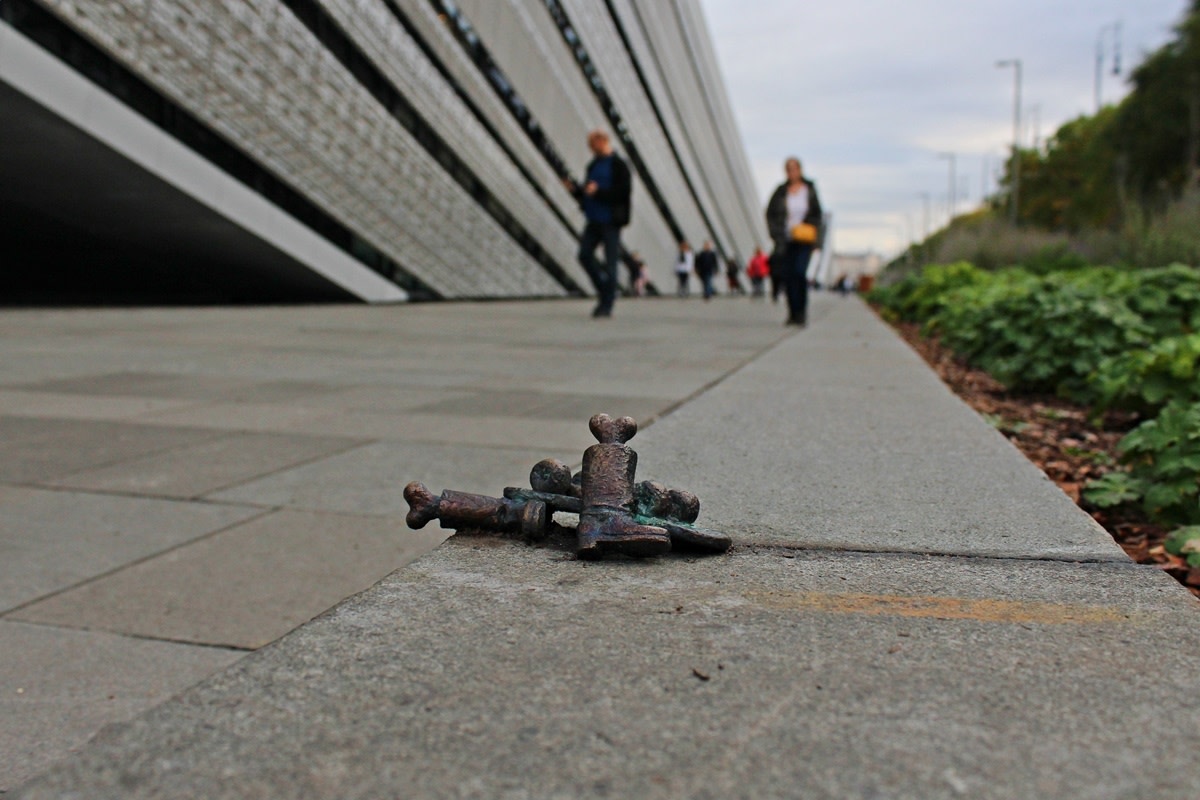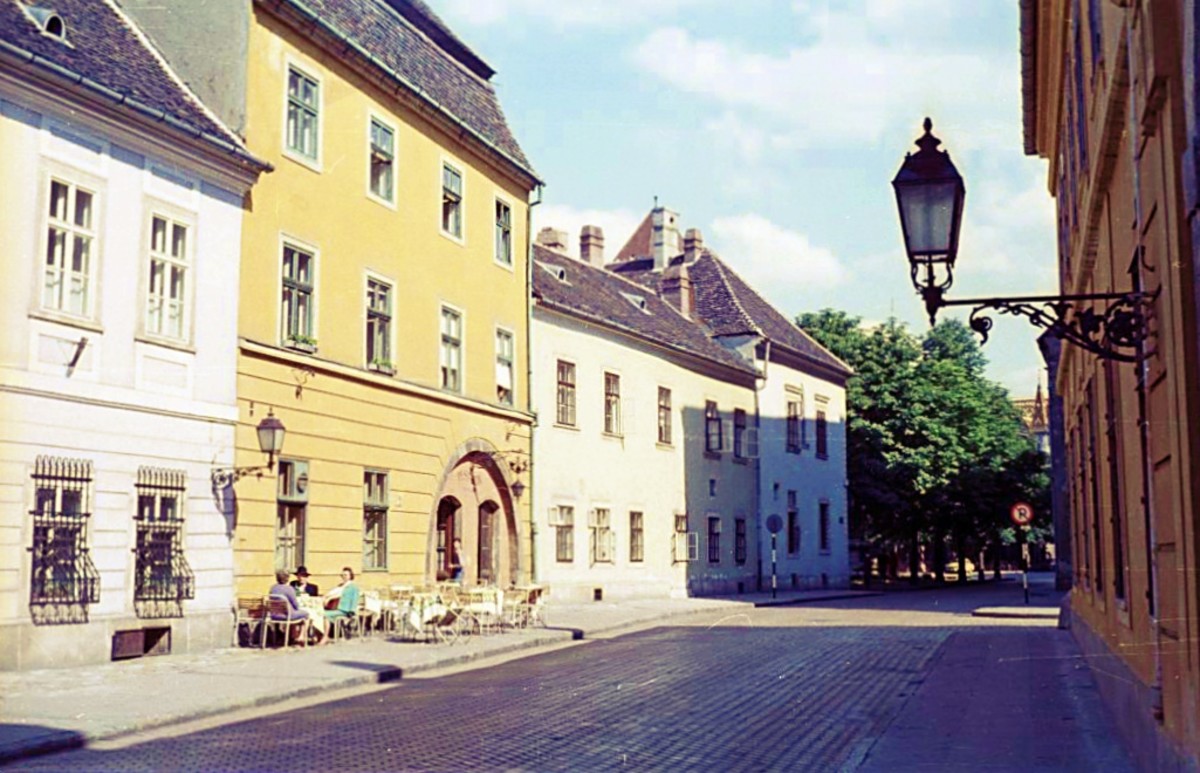The Churches of Budapest
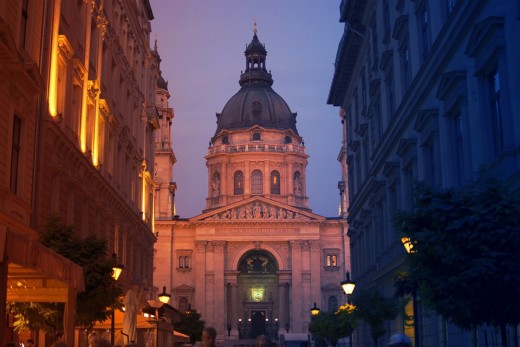
Budapest is one of the most picturesque cities in Europe. Not only because of its unique location. Budapest is inhabitated by about 1,6-1,7 million people so this impressive city is full of marvelous churches.
Let me show you some great example of Hungarian architect and social life after All Saints’ Day but before Christmas and Hanukkah.
1. Matthias Church – Something Old, Something New
One of the most important and most notable churches of Budapest is the so called Matyas templom – Matthias Church –, also known as Church of Our Lady founded by the king in 1255.
King Matthias, the legendary Hungarian king married twice; both marriages were celebrated in the Church of Our Lady, giving rise the to the building' s popular name of Matthias (in Hungarian: Matyas).
The main eastern gate and the long apse was built in the 13th century but the central part of the church was built in the beginning of the 15th century.
From the 16th until the end of the 19th century was an ordinary Gothic church surrended by medieval buildings - following the capture of Buda in 1541 by Turkish Empire the church became a mosque, so frescos were whitewashed and interior furnishings stripped out.
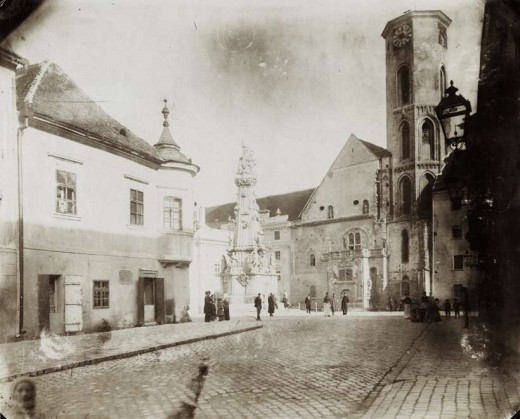
Frigyes Schulek the famous Hungarian architect redesigned a partly authentic and partly fake Gothic church.
Matthias Church now is a stunning edifice with its 72 metres tall slim tower. The main facade is decorated with a beautiful rose window and the statue of the Madonna with Child.
Inside the building the walls and the columns are painted in medieval style. The pulpit of the church was built between 1890 and 1893. The stained glass windows and the splendid frescos were made by Hungarian artists: Karoly Lotz and Bertalan Szekely.
Inside the curch you can see exhibitions and the building often welcomes choirs and musicians – the church organizes concerts too.
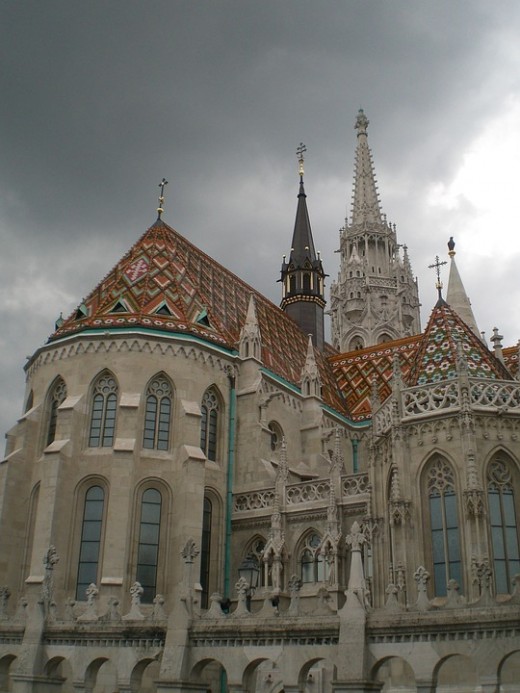
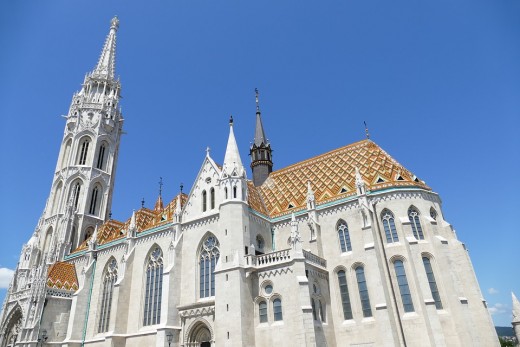
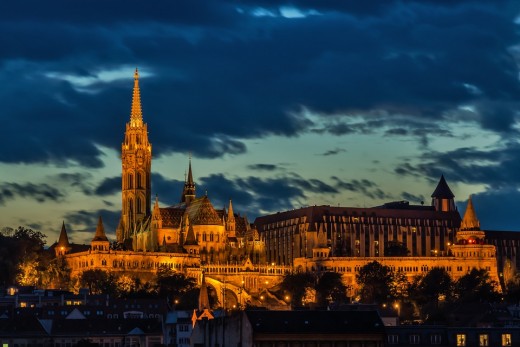
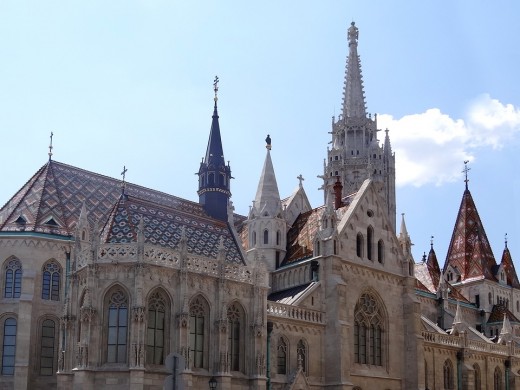
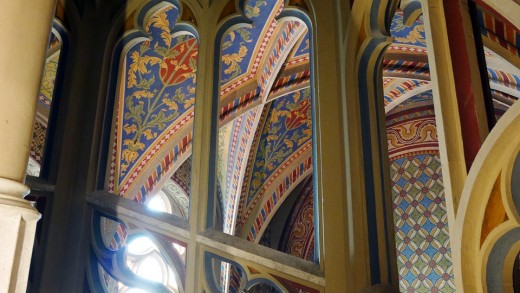
2. Saint Anne's Parish – an elegant building with nice atmosphere
The church with twin towers on the southern side of Batthyany Square near the Danube is a Baroque masterpiece. This building is beautiful in and out. Its works was begun in 1740 to the designs of Kristof Hamon and completed by Mathias Nepauer the famous builder of Hungarian Baroque.
Did you spot the God's eye enclosed by a triangle above the tympanun? The Eye of Providence is a symbol often surrounded by rays of light represents the Holy Trinity and the omnipresence and omniscience of God, who watches over all things.
The front entrance is decorated by allegorical statues to Faith, Hope and Love. Higher on the façade is a statue of St. Anne to whom the church is dedicated.
Inside it is beautifully, finely and intensely decorated and it is very important that the fresco on top of the altar represents the Holy Trinity too. The statues are framed by black marble columns that symbolize the old Temle of Jerusalem.
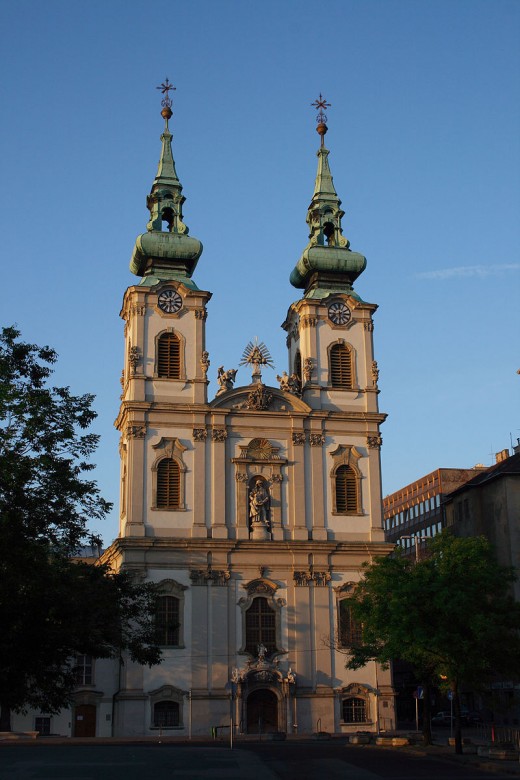
3. Calvinist Church of Szilágyi Dezso ter
Not too far from Saint Anne's Parish you could find a nice Protestant building, one of the most recognizable churches in Budapest.
The first reformed church in Buda was built by Samu Petz between 1892 and 1896 in Neo-Gothic style. Its roof is covered with colorful tiles from the famous Hungarian Zsolnay Factory. Don't miss to admire the Danube River from the stairs of this church, you have great views.
St. Anne Parish Church & Calvinist Church from Pest Side
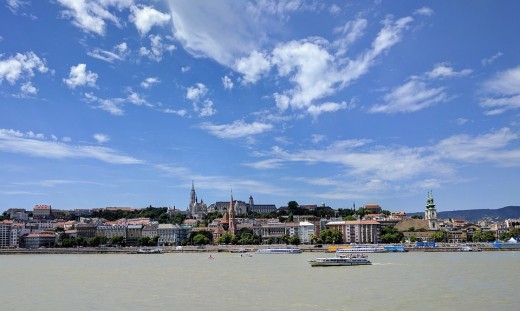
4. The Imposing Basilica
Do you remember Evita? I mean the 1996 movie with Madonna and Antonio Banderas. Filming began in Argentina but later the cast and crew moved to Budapest where 23 locations were used for scenes instead of Buenos Aires, and shot exterior scenes outside of the St. Stephen's Basilica.
St. Stephen's Basilica is the largest Christian church in Budapest, it can hold more than 8000 people. This imposing building – well seen from many parts of the city – is one of the most significant tourist attractions and one of the highest churches in Budapest designed in 1845 by Jozsef Hild.
Works on the building began in 1851 but the architect – Jozsef Hild – died 16 years later, and the next year the dome collapsed. Basilica was rebuilt according to the plans of Miklos Ybl another important Hungarian architect and completed in 1905 by József Kauser.

St. Stephen's Basilica is a great example of Neo-renessaince style and always reminds me of Italian churches, but the twin towers resemble a little bit of St. Paul's Cathedral in London.
The facade is decorated with the statues of the Virgin Mary who is the patron saint of Hungary. Below the tympanun you can see the words of Jesus Christ taken from the Bible: 'Ego sum via et veritas et vita' a Latin phrase meaning 'I am the way and the truth and the life'.
Behind the main altar stands the statue of St. Stephen first king, the first saint of Hungary and the patron saint of the Basilica. The mosaics of this church were designed by Hungarian artists.The most exciting treasure of the basilica is the Sacred Right – in Hungarian Szent Jobb – the mummified right hand of Saint Stephen (remained in perfect condition) housed in a glass reliquary. This relic is the attraction of a Hungarian national holiday: every year the hand is paraded around the city on August 20.
Did you know that this church has 6 bells? And the bells have an own name? The six pieces are: Great St. Stephan bell, Blessed Virgin Mary bell – the oldest one –, St. Henry II. bell, Blessed Gizella bell, Saint Emeric bell, Saint Elizabeth bell.
And St. Stephen's Basilica is a magnificent lookout point too. Just climb the 300 stairs or take the elevator to the cupola level to see the breathtaking panorama of Budapest.
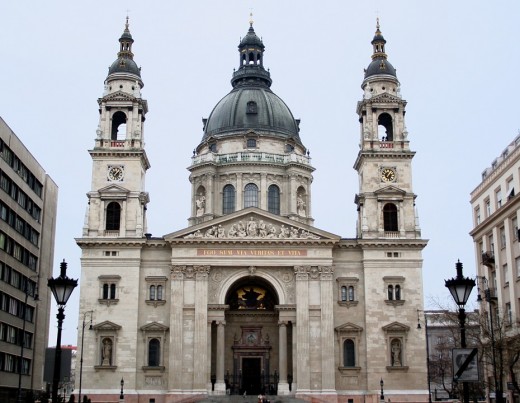
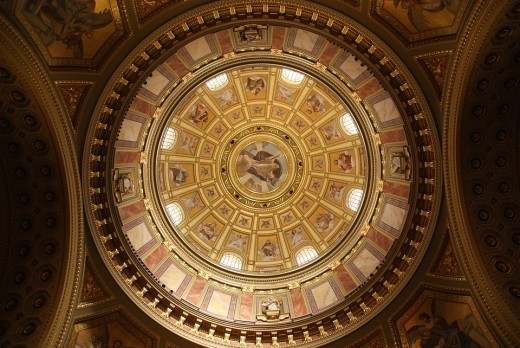
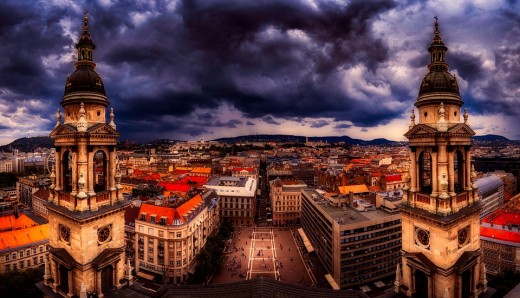
5. Calvinist Church on Kalvin Square
The largest protestant church in Budapest was built in 1830 in Classicist style. The front of the church was designed by the renowned architect of the period, József Hild – the first designer of St. Stephen's Basilica.
6. Central Synagogue – The Treasure of Oriental Architect
This is one of the largest synagogue in Europe. It was built in Byzantine-Moor style in 1859. The two onion-shape domes are 43 metres high and the church can hold about 3000 people. Just step in and admire the elegant balconies for the women, the beautiful wooden ceiling, the gilded ark, the fine details.
Behind the building you can find the heartbreaking Raoul Wallenberg Holocaust Memorial Park with the famous metal weeping willow tree with the names of victims engraved on the leaves. More than 500 000 Hungarian Jews had lost their lives at the hands of the Nazis during the Second World War. Walking around the park in silence is always touching for me.
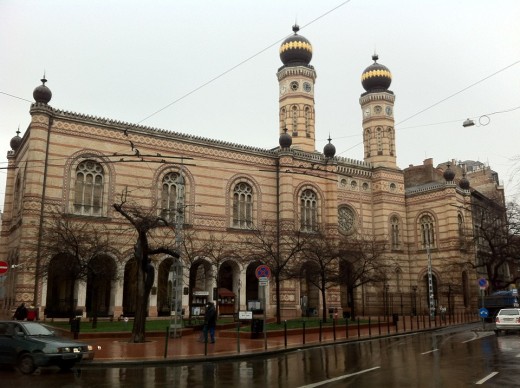
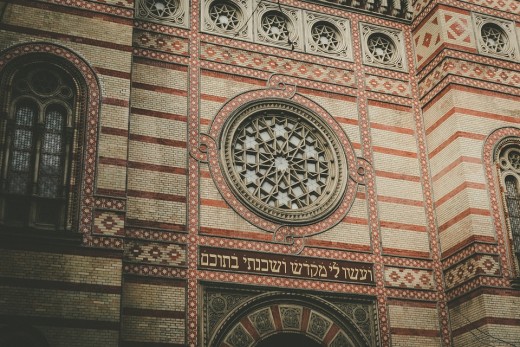
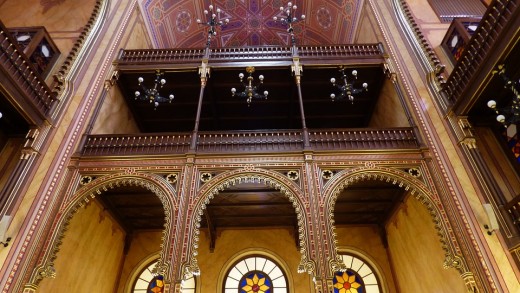
7. Inner City Parish Church – The Oldest Building of The Pest side
The oldest church of Budapest, the oldest building of the Pest side and the only one that keeps every architectural styles of 800-900 years. This church was constructed originally in Romanesque style, and was largely destroyed in the Tartar invasion in the 13th century. Then it was refurbished in Gothic style in the 14th century – you can see inside Gothic nave and Gothic stedilias – and in Renassaince style in the 16th century.
This building served as a mosque during the Ottomans and this era left its mark in this curch: the Turks added a prayer alcove – a mihrab – in the eastern wall of the chancel in the direction of Mecca (the birthplace of Muhammad, the most important city of Islamic pilgrimate.)
This church was renovated in 1740 in Baroque style but the gates on the south and on the north side are still from the Renessaince.
The altarpiece was painted by the 20th-century Hungarian artist Pal Molnar C. whose work can also be seen in St. Anne's Church, but there are also old frescos dated to
Take note that Inner City Parish Church is under some renovation yet, but you can step inside to admire it's beauty.
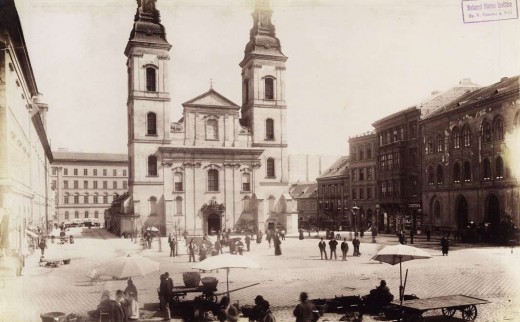
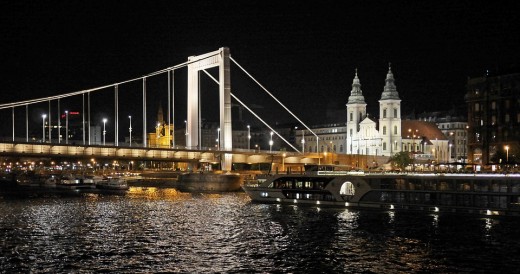
5 Plus tips:
St. George Martyr Serbian Church
Just take a walk around the Inner City area and you'll find a small Serbian church in a garden between walls. Don't forget to admire the gravestones that are in-built into the fence of the church.
St. Elizabeth Church
A hidden Neo-Gothic curch near Keleti palyaudvar
The Fasori Protestant Churches
The Fasori Calvinist Church is an Art Deco masterpiece from 1913 near (City Park Varosliget) decorated with floral motifs. The Fasori Lutheran Church is decorated with the stained glass windows of the famous Hungarian glass artist, Miksa Roth.
The Garden of Philosophy – for Advanced
This is a brilliant slow place on Gellert Hill with the statues of 5 great philosopher: Abraham, Echnaton, Jesus, Buddha and Lao Tse.
St. George Serbian Church
St. Elizabeth Church
Fasori Calvinist Church
Fasori Lutheran Church
The Garden of Philosophy
The Garden of Philosophy
